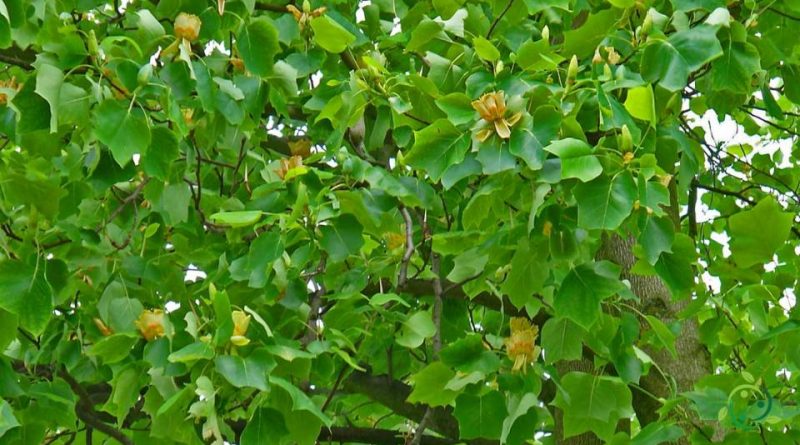How the tulip tree is grown
How the tulip tree is grown
The tulip tree (Liriodendron tulipifera L., 1753) is a tree of the Magnoliaceae family native to the eastern United States, where it forms mixed deciduous forests, from sea level up to about 1500 meters above sea level.
This plant was introduced to Europe in the mid-17th century as both an ornamental and a forest tree.
Its reproductive structures are bisexual, terminal flowers similar to large tulips with green sepals and numerous yellow petals 4-6 cm long.
The fruits are samaretes, that is small elongated pine cones, formed by lanceolate-linear samaras, which when ripe are detached and carried by the wind.
Cultivation –
The tulip tree prefers sunny or partially shaded places and generally do not fear the cold, while they suffer from excessively hot summers. For this reason it is recommended to place the young plants in artificially shaded areas in the hottest months of the year.
Once the plants have grown, however, they must receive direct sunlight at least for a few hours a day.
From the pedological point of view, they prefer moist, fresh and deep soils, possibly with slightly acidic pH.
Before planting, in the hole that will house the young plant, it is necessary to add abundant, well-mature organic fertilizer to the soil; an operation that will be carried out every year at the end of winter by burying the organic fertilizer at the base of the collar.
As for irrigation, Liriodendron tulipifera is a plant that must be irrigated immediately after planting, possibly to be performed in autumn or early spring, and in any case, especially in the first years in the period from March to October, especially in the most hot or dry.
Adult specimens, especially if planted in deep and not too loose soils, can be satisfied with the rains.
The multiplication of Liriodendron tulipifera occurs by seed, which the plant produces in large quantities, in the autumn period.
Uses –
Remember that all parts of the plant are toxic to humans if swallowed. In the places of origin the plant lends itself to various uses, from forestry, as well as for the use of timber. In Italy it is used almost only for ornamental purposes.
Thanks to the high presence of nectar in the flowers, it is a popular melliferous species in the United States.
The tulip tree, being a tree that grows tall, straight and rather quickly, provides wood which, with its characteristics of workability, stability and specific weight (480 kg / m³ dried) make it suitable for a large number of uses . This whitish wood, with evident grain and with dark or greenish flames and soft consistency, is particularly appreciated, as well as for its economy, for the excellent reaction to treatments with paints, stains and impregnating agents. The light color and the compactness of the grain allow to faithfully reproduce the colors of walnut, cherry and other closed-pore essences.
Finally, it is recalled that the American Indians used the peel of the tulip tree for its tonic and febrifugal qualities.

